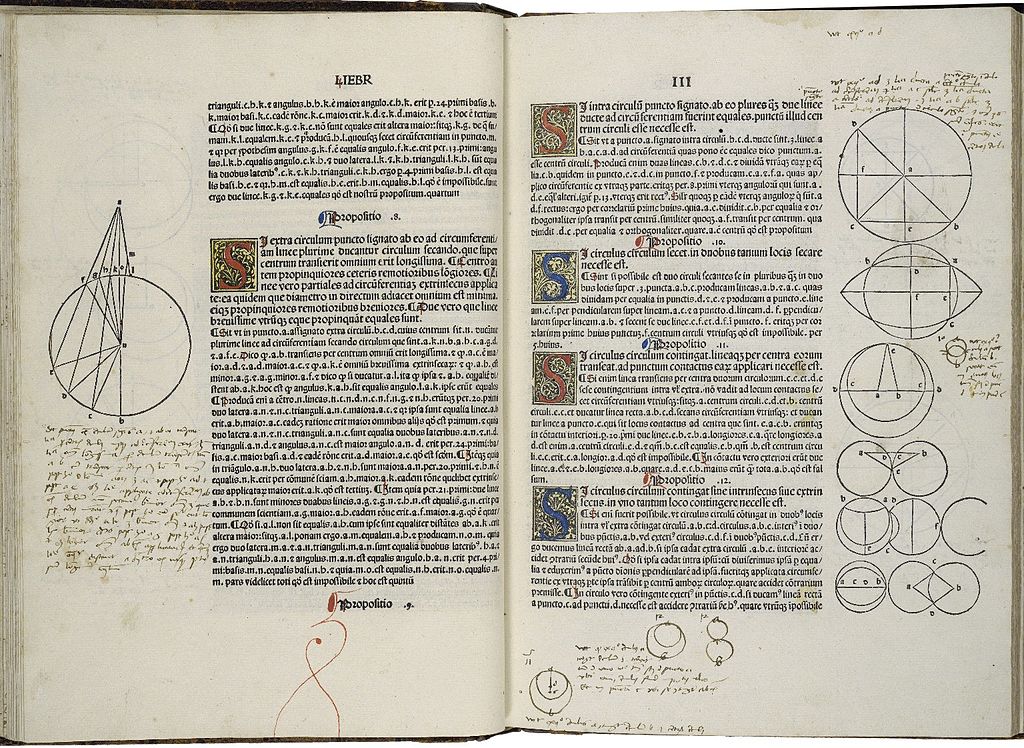In Sam Wineburg’s Historical Thinking and Other Unnatural Acts, he compares the way high school students and “historians” (presumably those with doctorates working in the academy) read historical texts. To do this, he has the two groups of readers “think aloud” as they read, telling the observer what is going through their head, what questions and assumptions they’re making, the connections they’re drawing with external ideas, and the conclusions they’re drawing from the text. In doing so, he effectively demonstrates how the high school students struggle with the kind of historical thinking we want them to engage in. (This is all in Chapter 3 of his book, if you have it and want to take a look at the experiment again.)
Having read Wineburg before I started teaching my own classes, I wanted to develop an assignment that would allow students to see their thought process so they could think about the way they thought, as a path to thinking like historians. The assignment I came up with, which I call a think-aloud, attempts to do that. As of now, I assign it in my US I and US II classes, the structure of which I outlined here.
For each think-aloud, students have one document, rarely more than two pages, to work with. I’ve typed it out, cleaned it up, numbered the lines, and sometimes added a little introduction. What they are tasked with doing is reading it and writing down exactly what they’re thinking as they go, using the the line numbers to guide what they write. It might look something like this:
Line 7: Are they saying here that children born to black mothers are slaves? What if the mother is free?
Line 9: Looked up “disposed of” in OED because I don’t think they really mean women will be thrown away/killed
Line 11-21: This is such a long sentence so I’m going to break it down into chunks
Line 11-13: So now they’re lumping all non-white people together? What’s changed?
To turn this assignment in in class, the hard copy of the document must be included, and it means that everyone comes to class with the reading, and with their own ideas about what the document said, as a basis for discussion. It’s not a response paper. Instead, it’s just raw thought pattern.
At the beginning of the semester, the goal is just to get better at slowing down, reading carefully and thoughtfully, and looking up words we don’t know. As we go on, they have to start giving attention to author, audience, form, and explicitly drawing in contextual materials from the week’s lessons and previous lessons. Throughout the semester, they complete periodic reflections on their think-alouds, attempting to discern what their individual strengths and weaknesses are, how they’ve improved, and what goals they’d like to set for improvement in the future.
This assignment is somewhat controversial – some students absolutely love it, others despise it – but in the end, most students are willing to admit that it makes them read more closely and carefully than they otherwise would. Despite assigning very short texts, students never run out of things to talk about, simply because they’ve read thoroughly.
There are things I love about this assignment, and things I don’t love, but they have done more to open my eyes to how students think than every other part of my teaching experience, including countless hours of discussion. Once students realize that I really don’t care about “dumb questions” or “wrong readings,” the think-alouds get very open and honest. It’s a low-stakes assignment, especially at the start, and I’m committed to keeping it at the center of my surveys. This summer I want to think about how to incorporate more reflection and meta-analysis, and consider including the assignment in my upper-division classes, which are often more than half non-majors who have no college-level background in reading primary sources.
For reference, these are the sources I use in US I and US II. I’ve linked to any where the text I use is available online.
US I (to the Civil War Era)
Excerpt from The Travels of Sir John Mandeville, 1356
Excerpt from The Jesuit Relations, 1658
Virginia colony laws on interracial sex, 1662, 1691
Selections from John Winthrop’s journal: Labor Troubles, 1633; A Tempest, 1639; Mice, 1640
Nathaniel Bacon, “The Declaration of the People, against Sir William Berkeley, and Present Governors of Virginia,” 1676
Excerpts from Thomas Hutchinson’s “Strictures upon the Declaration,” 1776
“Pro-slavery petitions in Virginia,” 1780s and a letter from George Washington to Robert Morris, 1786
“The mother with her infant” in The Christian Watchman, 11 June, 1830
“The Inauguration of Andrew Jackson, March 4, 1829” from the diary of Margaret Bayard Smith
“Mining Life in California” in Harper’s Weekly, 3 October 1857
Excerpt from Catharine E. Beecher, An Essay on Slavery and Abolitionism, in Reference to the Duty of American Females, 1837
Excerpts from “Diseases and Peculiarities of the Negro Race,” Dr. Samuel A. Cartwright in DeBow’s Review, 1851
US II (from the Civil War Era)
Excerpts from Chief Joseph’s address, 1879
Excerpts from a speech by Mary Lease, c. 1890
Niagara Movement Declaration of Principles, 1905
Excerpts from Rev. Charles G. Ames’ speech on imperialism, 1898
Excerpts from Hiram W. Evans’ “The Klan’s fight for Americanism,” North American Review, 1926
W.H. Anderson, “The Question of Japanese-Americans,” Los Angeles Times, February 1942
“The House in the Middle,” National Paint, Varnish, & Lacquer Association, 1954
“Sharon Statement,” 1960, and excerpts from “Port Huron Statement,” 1962
Speech given by Fannie Lou Hamer at the Williams Institutional CME Church, Harlem, New York, December 20, 1964
Letter on gay rights and women’s rights movements, Huey Newton, August 1970
Excerpts from the “Crisis of Confidence” speech, Jimmy Carter, July 15, 1979
Newt Gingrich and Lowell Weicker Debate School Prayer, 1984

Leave a Reply